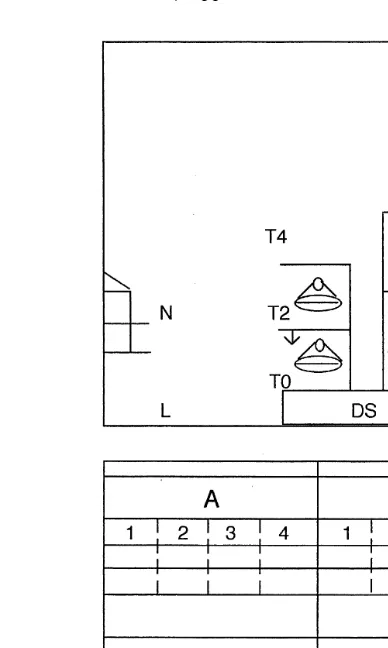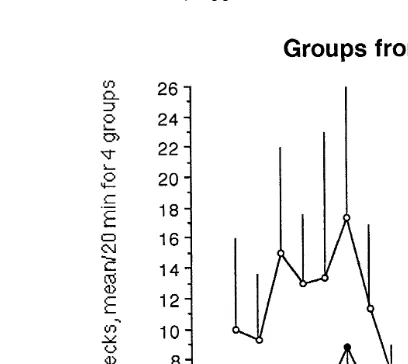Directory UMM :Data Elmu:jurnal:A:Applied Animal Behaviour Science:Vol67.Issue4.2000:
Teks penuh
Gambar




Dokumen terkait
In a subsequent experiment with the same birds we tested how the foraging behaviour of the two hybrids differed when housing conditions were changed from enriched to restricted and
they considered undesirable. Male dogs showed more unacceptable behaviours than females, specifically inter-male aggression, sexual problems and straying tendencies. More stray
Ruminants eat a variety of foods from different locations in the environment. While water, cover, social interactions, and predators are all likely to influence choice of
Dry SD. Differences between farms could be explained by a reduced preference for items similar to major components of the background diet of each colony, i.e. selection in favour
Combining Periods 1 and 4, all three histograms not reported here of time spent eating, ruminating, and idling were characterised by skewness to the right, which reflected
Post-treatment testing began when all rats had recovered from any ill-effects of treatment and had resumed their normal consumption of SDS; G 7 days were allowed for this. Rats from
Also, the decrease in number of suckling bouts as well as the duration of each suckling bout with increasing age of calf in the present study is similar to that reported for
Ž Experiment 1. In each experiment the consumption of each food was measured over 7 days and the droppings around the bait boxes were counted to assess mouse activity. Food